How to Spot Forged Coins in Global Auction Marketplaces: A Comprehensive Guide
Key Indicators of Counterfeit Coins
Decoding the Telltale Signs of Forgery
Imagine holding a coin that looks like a treasure but feels... off. The first clue? Its weight. A genuine coin will have a heft that whispers its authenticity. But a counterfeit? It might feel suspiciously light or unnaturally heavy, like it’s trying too hard to convince you. Next, let’s talk about details. Real coins are crafted with precision—every letter, every image is sharp and crisp. Counterfeits, on the other hand, often reveal their secrets in their imperfections. Look closely. Are the edges uneven? Is the design blurry, like a bad photocopy? These are red flags waving wildly. And don’t forget the sound test. Yes, coins sing! Tap a real silver or gold coin, and you’ll hear a clear, ringing tone. A fake one? It’ll thud like a bad joke falling flat.- Magnetism: Genuine precious metal coins aren’t magnetic. If it sticks to a magnet, it’s time to walk away.
- Patina: Real age shows itself gracefully, with natural wear or tarnish—not artificial smudges meant to deceive.
Techniques and Tools for Detecting Forged Coins
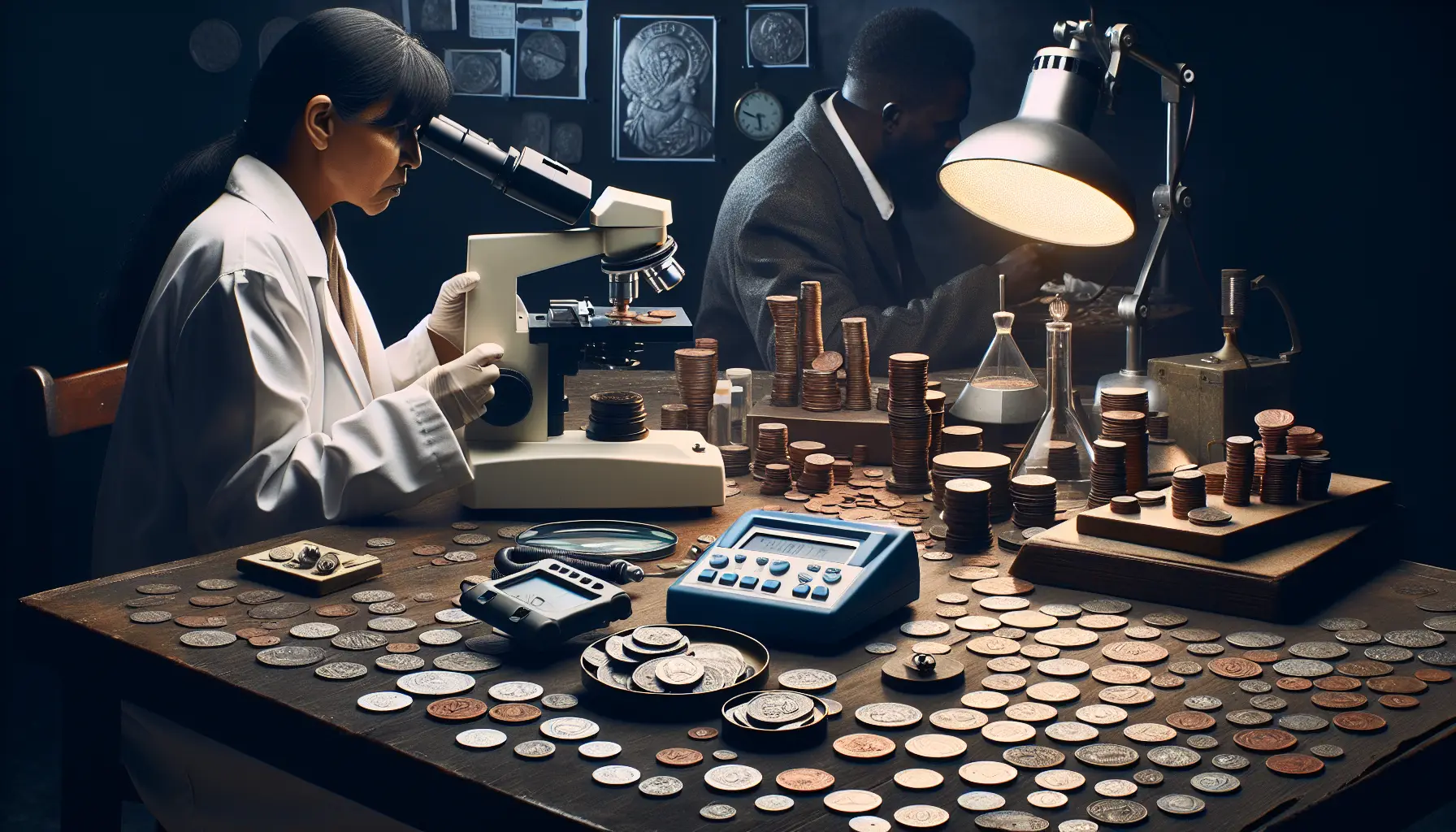
Unmasking Fakes with the Right Tools
Picture this: you're holding what appears to be a rare 18th-century coin. Its surface gleams, its details are intricate, and your heart skips a beat. But wait—how do you know it's not a cleverly disguised counterfeit? To stay ahead in the global auction marketplace, having the right tools in your arsenal is non-negotiable. Let’s start with the basics. A good magnifying glass or, better yet, a 10x jeweler’s loupe is like a detective's lens—it reveals tiny inconsistencies in design and engraving that escape the naked eye. Next up, invest in a digital scale. Counterfeit coins often fail the weight test, coming in too light or heavy due to mismatched materials. For the tech-savvy collector, a magnetic testing kit can be a game-changer. Many forgeries use metals with different magnetic properties than genuine coins. And don’t underestimate UV lights—they expose hidden marks or modern paint touch-ups that are invisible under normal lighting. In this game, every detail matters. Armed with these tools, you’re no longer just a bidder—you’re a truth-seeker, unveiling stories one coin at a time.Risks of Buying Fake Coins in Online Auctions

The Emotional Toll of Falling for a Forged Coin
Picture this: you’ve just won an online auction, your heart racing as you cradle what you believe to be a rare and valuable coin. But weeks later, the truth hits like a gut punch—it’s a fake. The emotional impact of buying a forged coin isn’t just about the money lost; it’s about trust shattered. That feeling of betrayal lingers, especially when you realize how meticulously some fakes are crafted to deceive even seasoned collectors. Buying a counterfeit isn’t just an isolated mistake; it can snowball into larger problems:- Your reputation as a collector could take a hit if you unknowingly resell it.
- You might hesitate to trust future purchases, robbing yourself of the joy of discovery.
- The financial strain of recouping your losses adds salt to the wound.
Expert Tips for Avoiding Counterfeit Coins
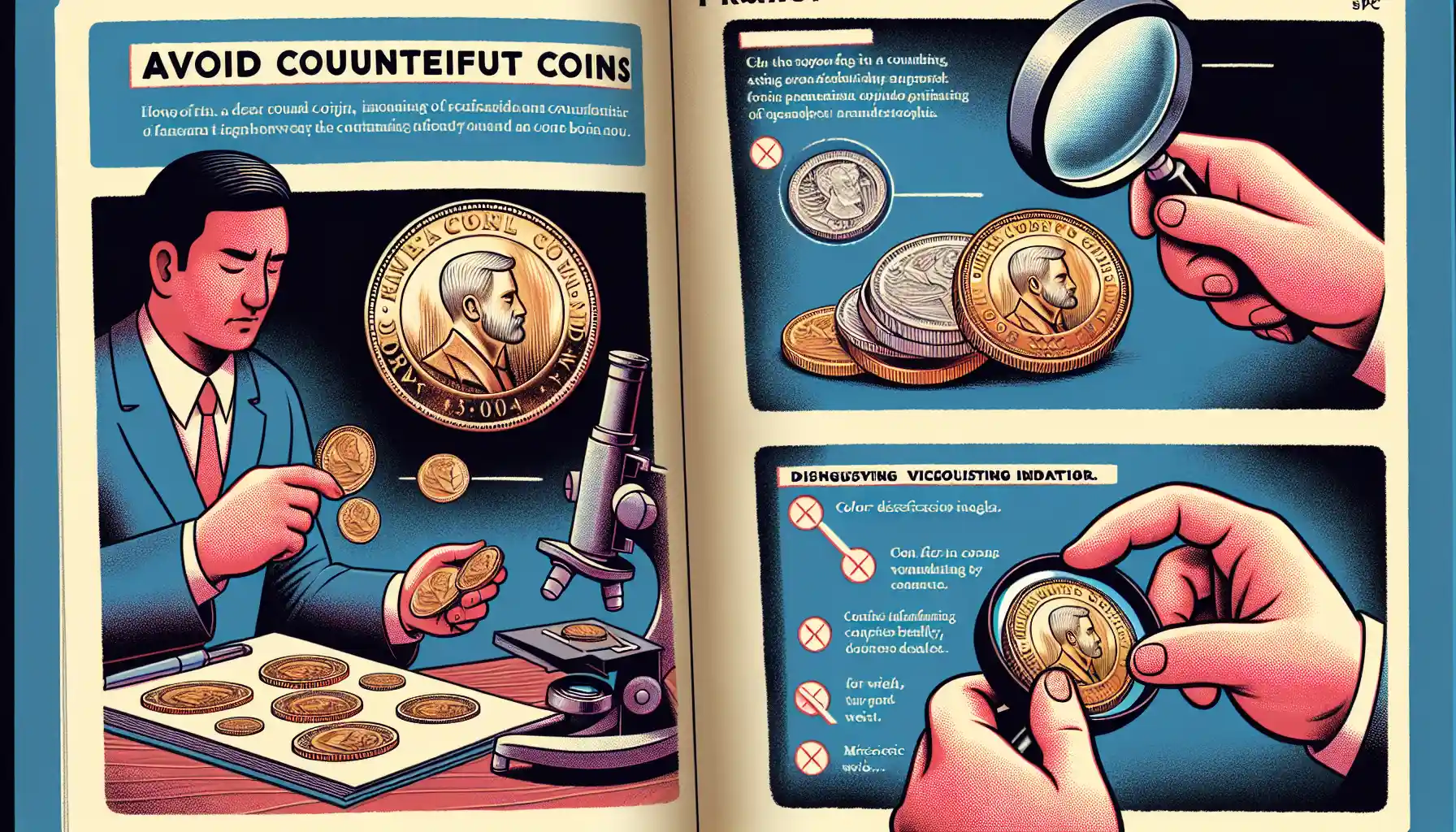
Decoding the Telltale Signs of Counterfeit Coins
Picture this: you’re scrolling through a global auction site, heart racing as you spot a rare coin that could be the jewel of your collection. But wait—how do you know it’s the real deal? Forgers have gotten clever, but so can you. Let’s dive into the subtle signs that separate genuine treasures from cleverly disguised fakes. One giveaway? The weight and dimensions. Authentic coins are crafted with precision; even the slightest deviation in thickness or diameter can raise red flags. Keep a digital scale and calipers handy—these tools are your secret weapons. Then there’s the matter of the coin’s surface. Examine it under a magnifying glass. Do the details look too perfect, almost lifeless? Genuine coins often have imperfections, tiny marks that speak of their history. Counterfeits, on the other hand, can appear unnervingly pristine.- Check for inconsistencies in font styles on inscriptions.
- Look out for weak or fuzzy edges—authentic coins rarely have these flaws.
Steps to Take if You Encounter a Forged Coin
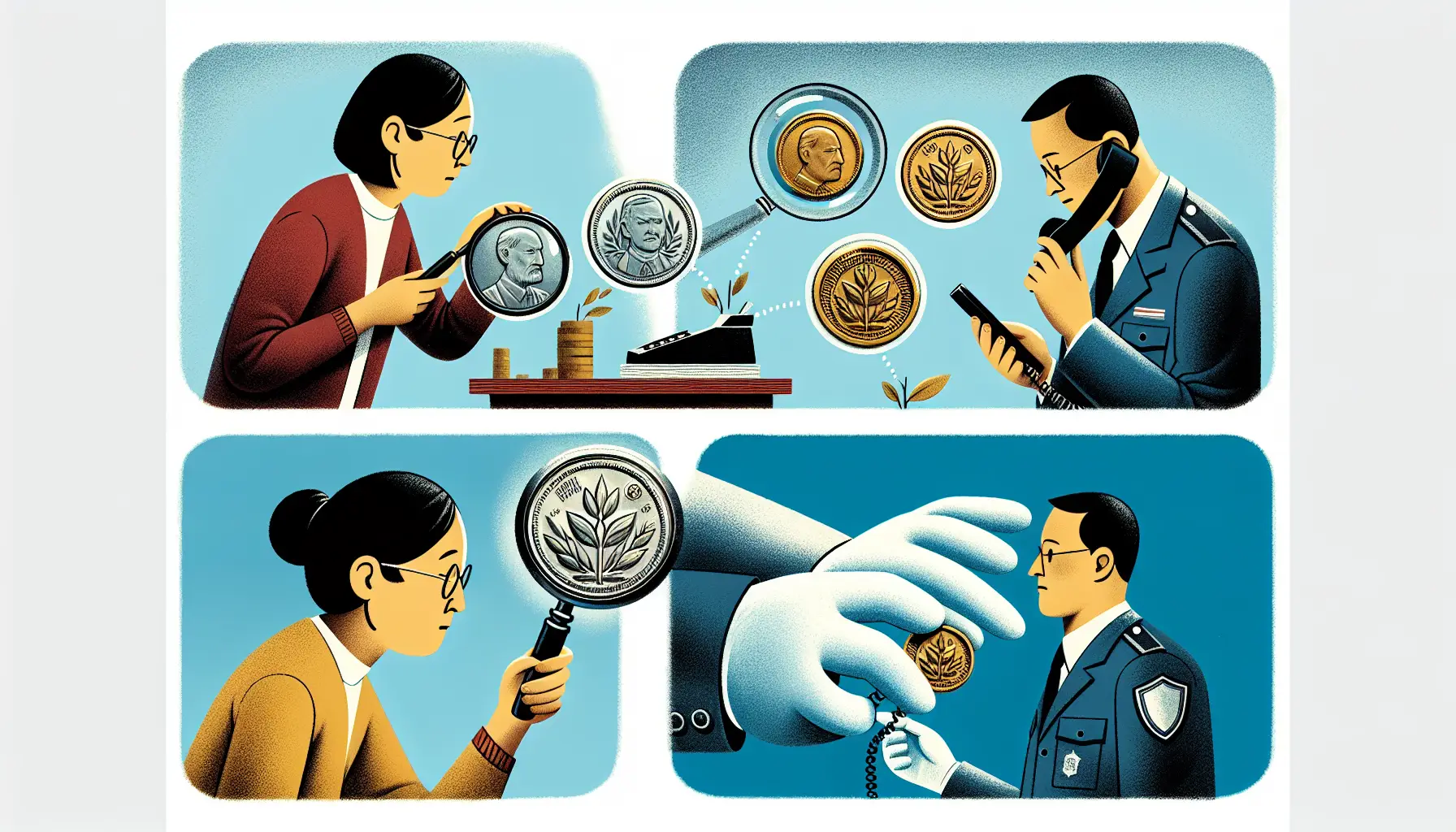
Steps to Take When a Forged Coin Crosses Your Path
So, you’ve come across a coin that just doesn’t sit right with you—it feels like spotting a counterfeit smile at a family reunion. Don’t panic; here’s your battle plan to handle this tricky situation like a seasoned collector.- Pause and Document: Before doing anything else, snap clear, detailed photos of the coin. Capture its front, back, edges—every angle matters. Think of yourself as a detective collecting evidence for the case.
- Compare and Research: Pull up reliable resources, auction archives, or reach out to expert forums to see how the coin measures up against authentic examples. Does it lack the finesse of genuine minting?
- Contact the Seller: Whether it’s an individual or an auction house, communication is key. Be polite but firm—explain your concerns and back them up with specifics. A legitimate seller will appreciate the opportunity to address the issue.
Latest news

Fashion and the Workplace: Dressing Professionally with Style
In today's professional world, dressing appropriately and stylishly can have a significant impact on your career. Fashion in the workplace is no longer limited to boring suits and conservative outfits...

Style Seekers, Rejoice! Top Fashion Hotspots to Visit in 2024
Discover the top fashion destinations of 2024. From Paris to Tokyo, explore unique styles and trends with location-tracking apps. Plan your visit to iconic fashion cities and uncover hidden gems with ...
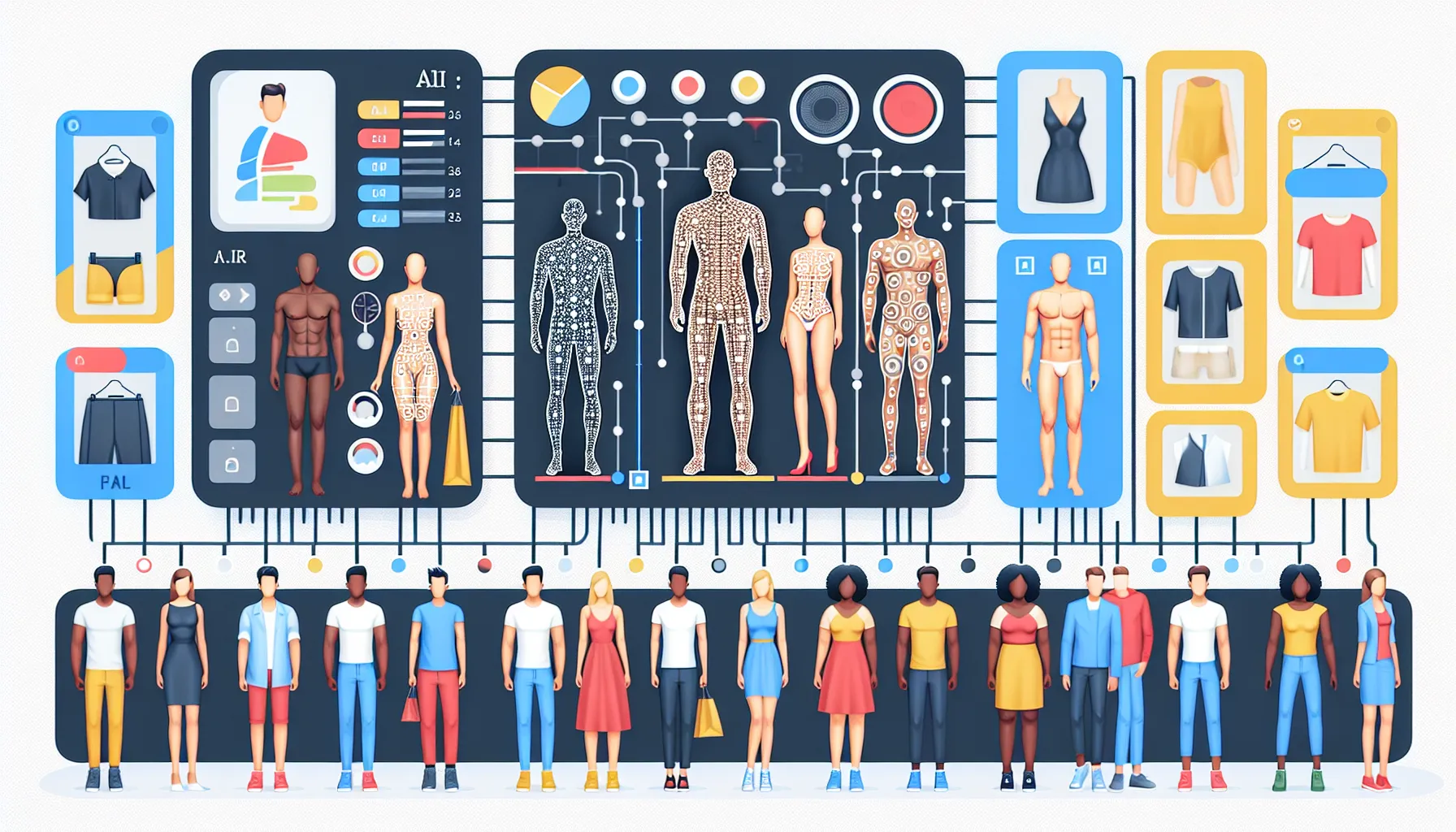
Essential Tips for Safely Storing Collectible Coins to Preserve Their Value
This detailed guide highlights the importance of proper coin storage and preservation for collectors. It covers essential tips like avoiding harmful PVC holders, using archival-quality materials, and ...

Essential Multi-Factor Authentication Strategies for Secure Online Shopping
This comprehensive article explores the critical role of Multi-Factor Authentication (MFA) in bolstering e-commerce security. It highlights why traditional passwords are no longer sufficient, detailin...
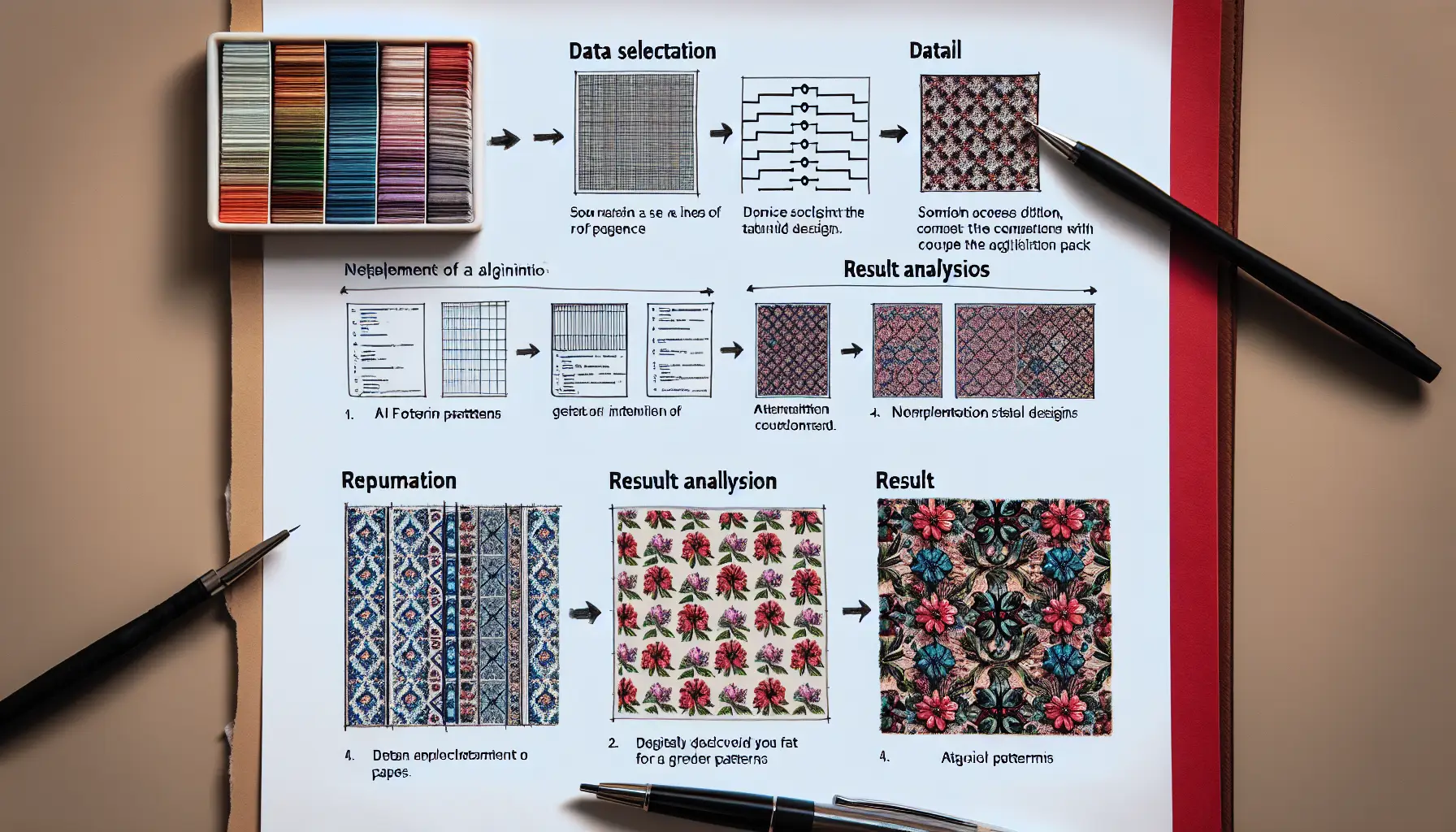
Predicting Fashion Trends with Deep Learning: A Comprehensive Guide
This article explores how deep learning is revolutionizing fashion forecasting by analyzing vast datasets from social media, runway shows, and cultural trends to predict future styles. It delves into ...
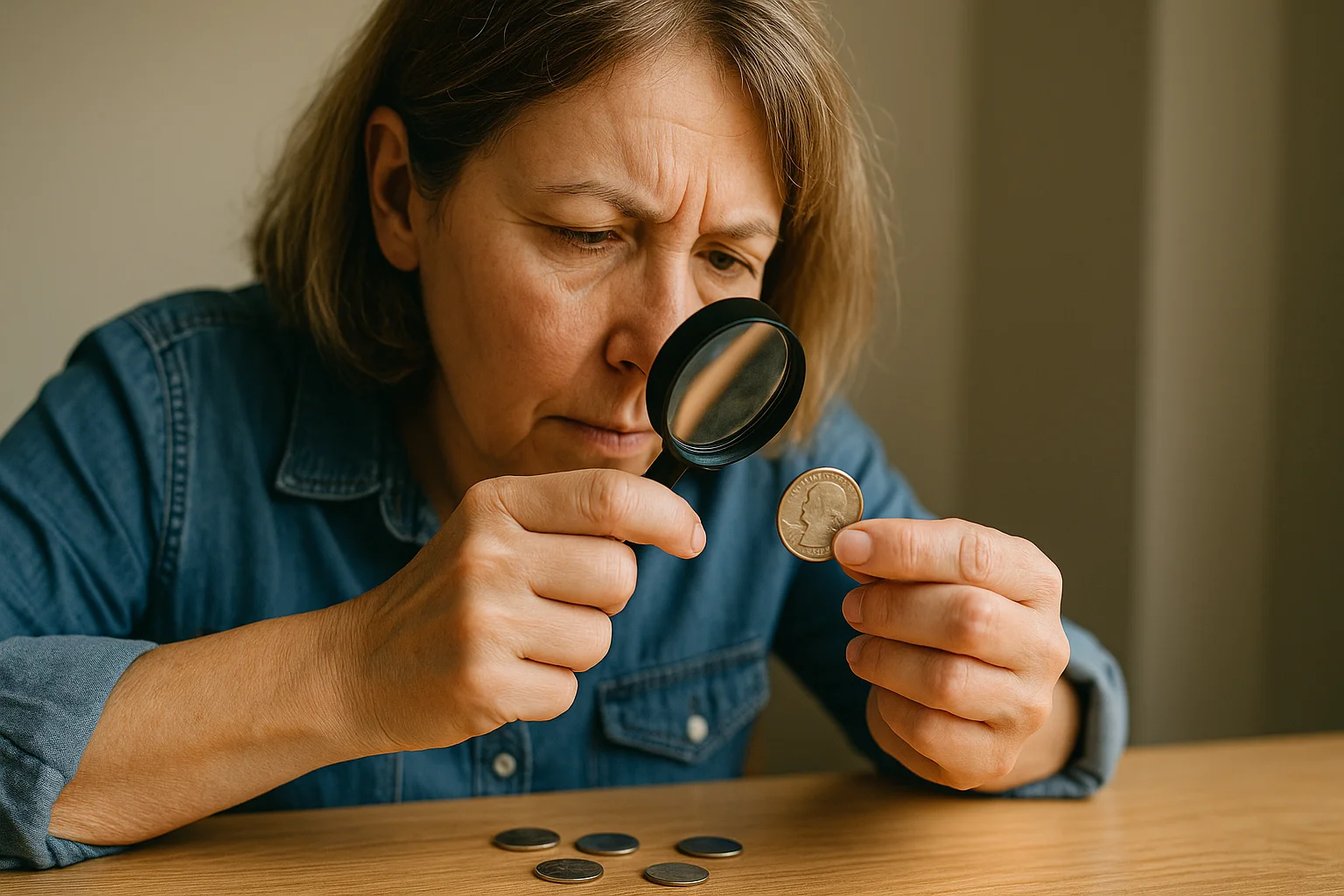
Not Every Shiny Coin Is Rare: How to Spot US Quarters Worth Money
Learn how to identify US quarters worth money by checking dates, mint marks, errors, and conditions. Discover some valuable examples like the 1932-D, 1970-S doubled die, and 2004-D Wisconsin Extra Lea...
